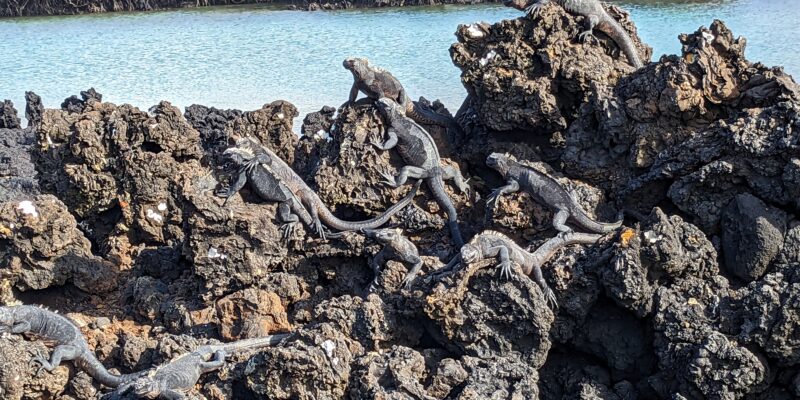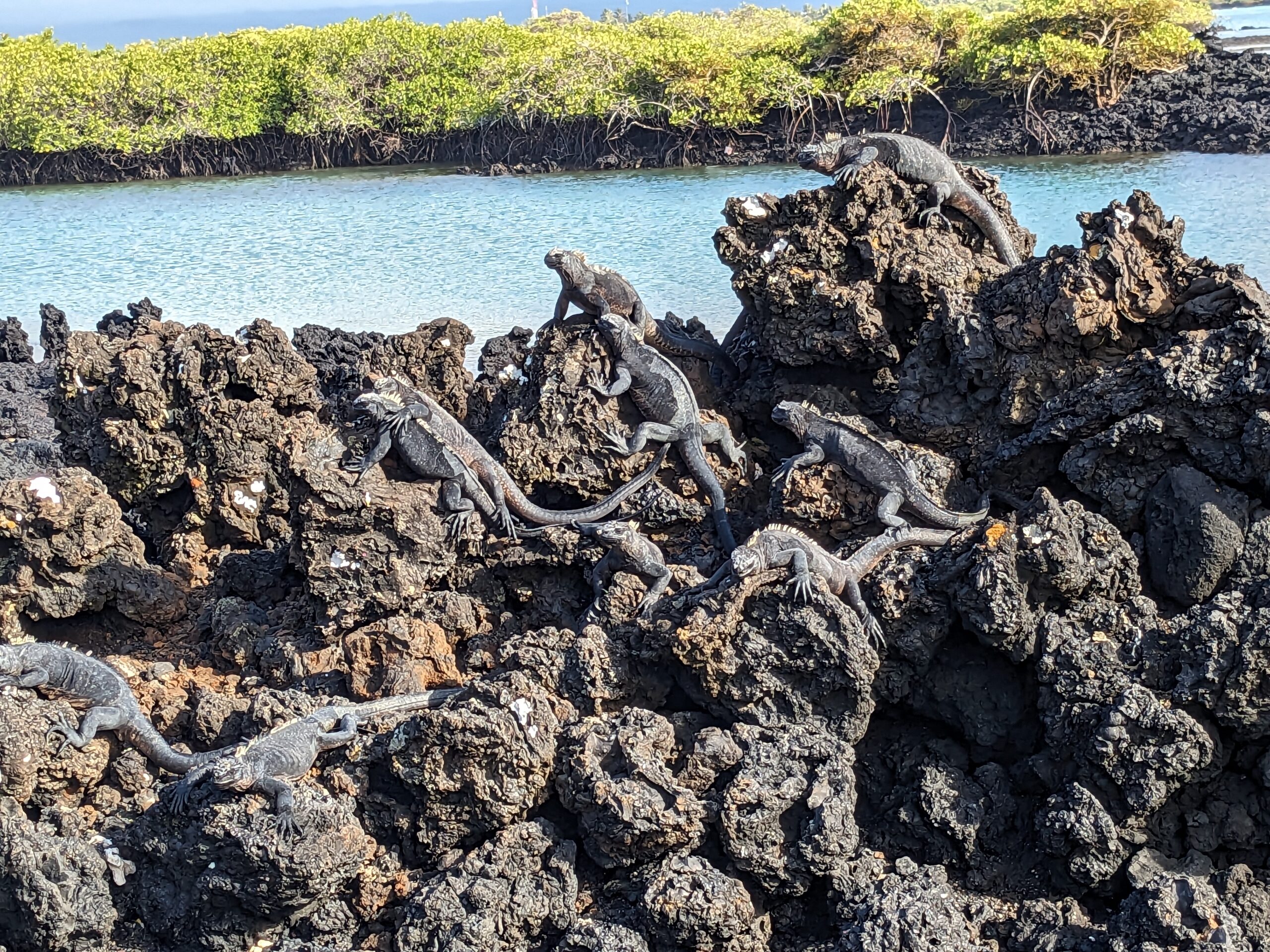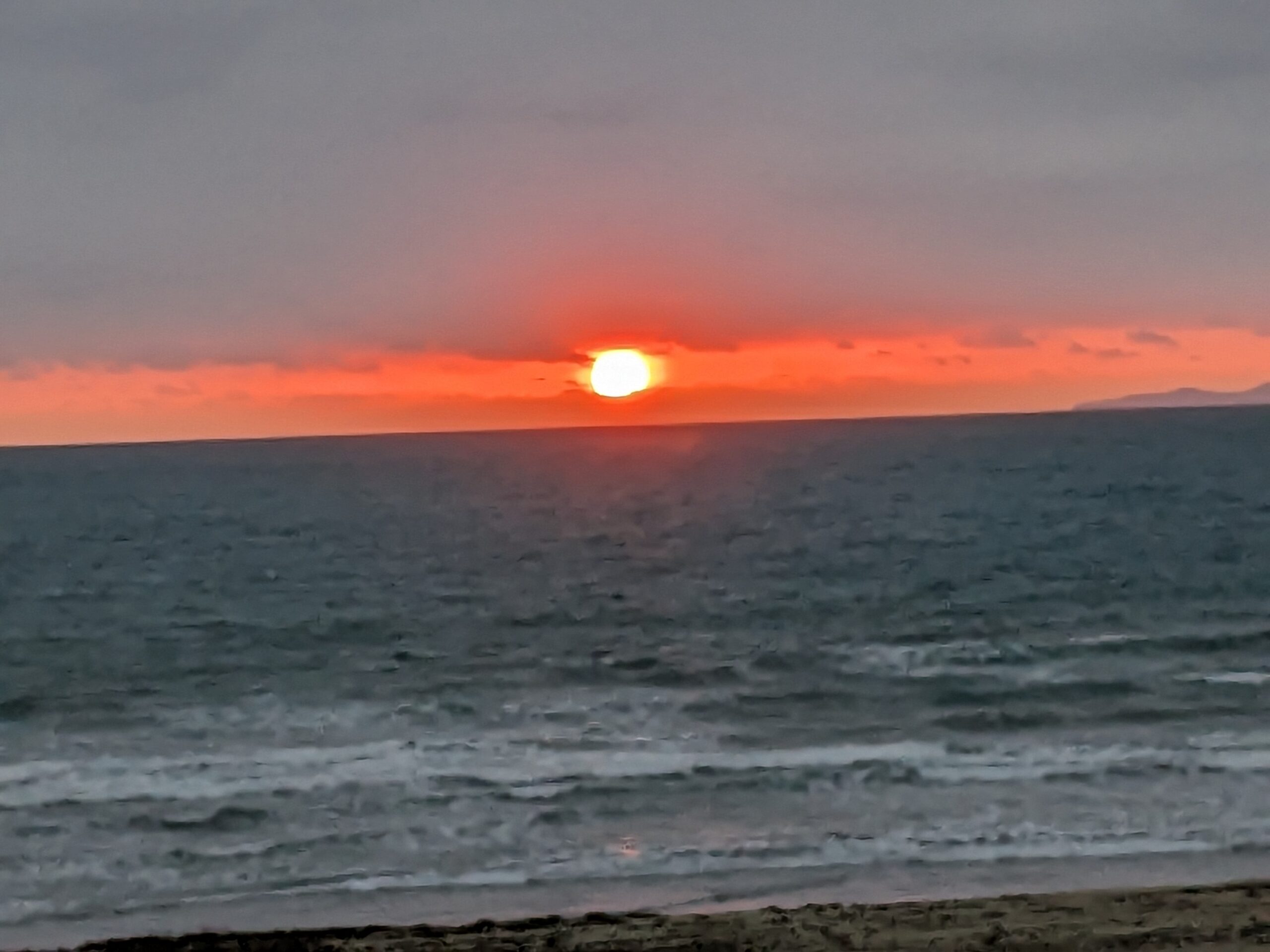
With only 51 days until we depart Ecuador to head to Tom’s pulmonology appointment in the suburbs of Chicago, time is flying by so quickly, much to our surprise. I don’t believe that we’ve discussed Tom’s health issue yet. However, it appears he may have pulmonary fibrosis caused by asbestos after 42½ years of working on the railroad.
We will share more about this situation when we know more after January 10, 2024. At this point, all we know is that his appointment is on January 10, 2024, and no matter what, we were heading to Illinois on about January 8. We’ve yet to book the flight, and will do so after I see the cardiologist next week on November 22.
Gosh, we sound like a mess! No matter how hard we’ve tried over the years, we couldn’t avoid our current medical issues and have decided we need to address them in the US, not in a foreign country. My heart issues are a result of heredity and Tom’s…well, from asbestos exposure. We found this out when he had a second x-ray when we were in Minnesota, and he went to Urgent Care for a bad cough.
But we carry on, hoping to get some answers and make decisions based on those answers. This doesn’t necessarily mean an end to our worldwide travels. But, we may decide to make some adjustments that coincide with the necessary imminent and long-term medical care.
Of course, this is at the forefront of our minds, but neither of our situations requires we leave any sooner than planned. Tom is feeling okay right now, with occasional coughing, and I am working on finding a combination of medications that will work for me. I have had to stop two of the drugs the cardiologist in Manta prescribed for me since they made it difficult for me to breathe, a common side effect.
The one drug, a blood thinner, is not causing issues, and another drug I had with me, with an increased dose, seems to be working for part of the day, which, after seeing the doctor next Wednesday, another increase in the dose may do the trick. We shall see.
In the interim, we’re staying positive and doing our best to enjoy the remainder of our time in Ecuador. It’s still cloudy and rainy every day, so we aren’t using the pool as we’d hoped. That would have been an excellent exercise for me. But, for now, I am not doing extensive walking since it seems to exacerbate the Afib. Once the drugs are adjusted to my needs, I should be able to walk longer distances.
A few readers have written asking if we’ll still do the posts if we stop traveling for a while and, as in the past when we had obstacles to bear, we’ll continue to write each day as long as our readers are still interested. This is life. No, it’s not easy, and a certain amount of worry and concern are to be expected now. However, it doesn’t hinder our joy of life, of being together and thinking about the future.
We intend to return to Marloth Park in June, as planned. By then, we’ll have a better handle on managing our healthcare, and with excellent medical care available to us there, we feel comfortable making the trip. Between now and then, we aren’t so certain.
We have many friends our age who continue to travel with medical concerns, some with major medical issues, and we applaud them for their courage. We hope to use them as role models and continue our lifestyle as long as it makes sense. We won’t take any unnecessary risks that could cause harm to either of us and fully support this with one another.
So that’s our news for today, dear readers. We’ll be back with more soon.
Be well
Photo from ten years ago today, November 17, 2013:

























































